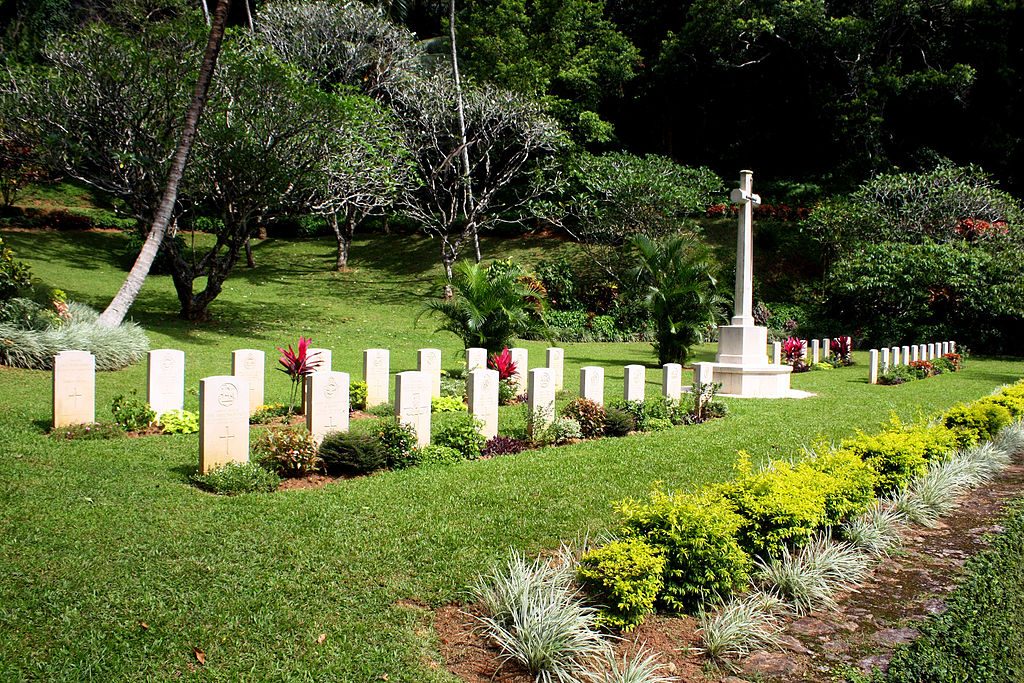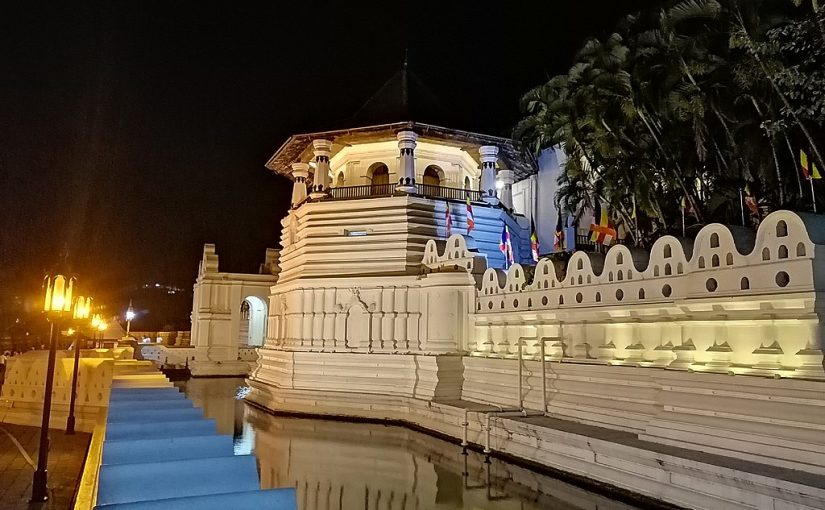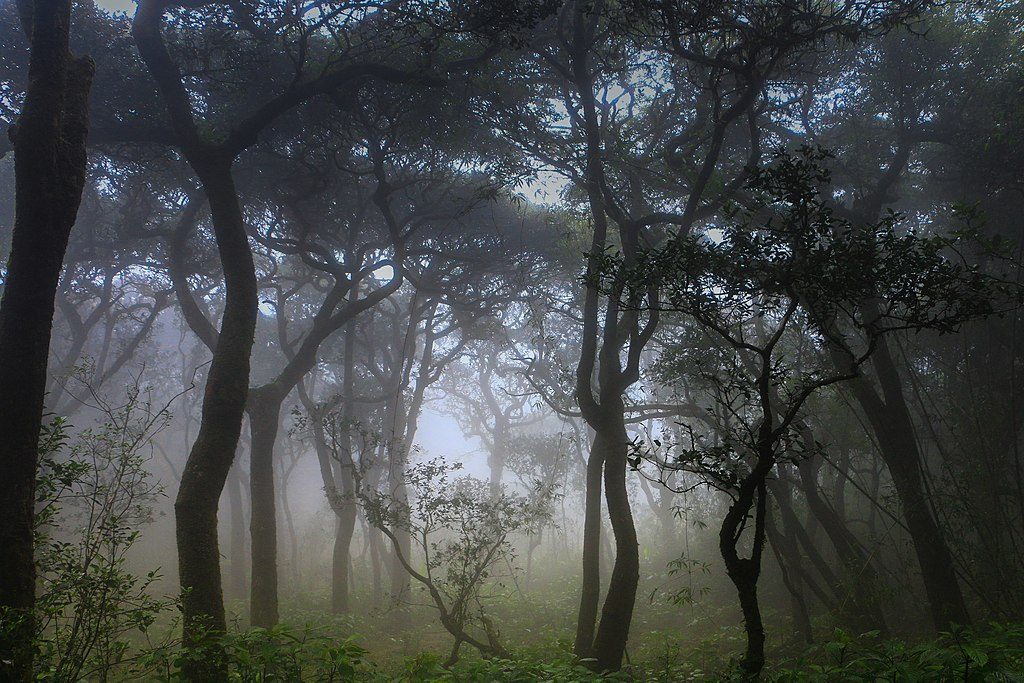Located amidst the green swathes of Sri Lanka’s upcountry, Kandy was once the capital of Sri Lanka. Its proud history dictates that it was the only region in Sri Lanka that remained independent for the longest time period possible, under the foreign powers. All over the city are historical, cultural, religious, and natural attractions.

Temple of the Tooth Relic
This has to be the single most important religious site to Sri Lankan Buddhists. The temple houses Buddha’s tooth relic inside a pagoda-shaped casing, made of gold and adorned with jewellery. Sri Lankans believe that this tooth relic has the power to bring about rains to nourish the Sri Lankan soil. The temple is part of a palace complex.
Kandy Lake
Looking for a respite from the mid-day sun? Take a stroll around Kandy Lake. Located right in front of the Temple of the Tooth Relic, Kandy Lake is part of the temple complex. The lake offers several hiking trails.
Royal Botanical Gardens
The gardens are called the Royal Botanical Gardens as it was once reserved for royals, but now it’s open to everyone! This is one of the must-visit attractions in Kandy. Located one hour and eighteen minutes from Hunas Falls Hotel Kandy, the garden nurtures a wide variety of plant species. The main attraction, however, is the palm-fringed walkway that often seems to grace Instagram.
Commonwealth War Cemetery
There are several commonwealth war cemeteries, but the one found in Kandy is one of the most important historical sites. The cemetery is the resting place of soldiers who fought during the Second World War. Despite having a gloomy historical element, the cemetery features a calm and beautiful atmosphere. You can get here from almost any hotel in Kandy, Sri Lanka in around an hour.
Conclusion
The list of Kandy attractions is endless. The city offers plenty of things to do and see, to keep you sufficiently occupied for more than a week. To make the most of your time here, take your time and plan your itinerary, and don’t forget to book your accommodation well in advance!


